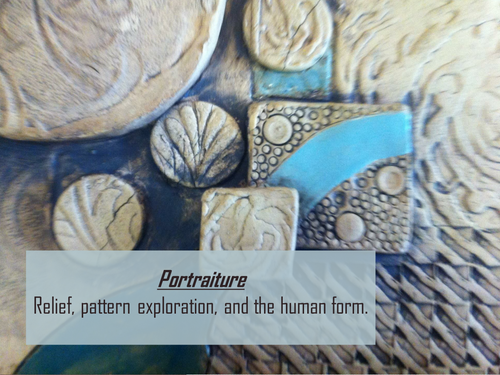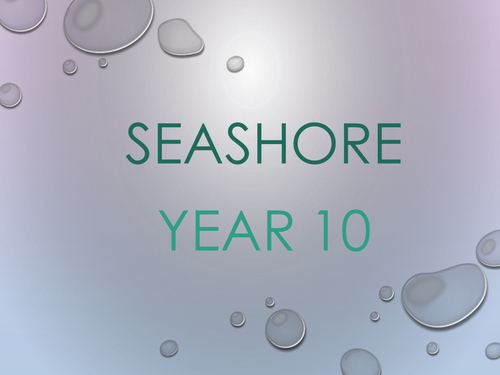Everything Art and Design
I am an Art and Design teacher specialising in traditional and digital illustration, animation and painting. Currently teaching in Manchester. KS3 + KS4 resources for various areas of Art and design. Many sources are suitable for both GCSE and BTEC courses. These resources are currently taught in an 11-18 non-selective school so are suitable for a broad range of abilities. For any questions or requests for resources please just ask!






















